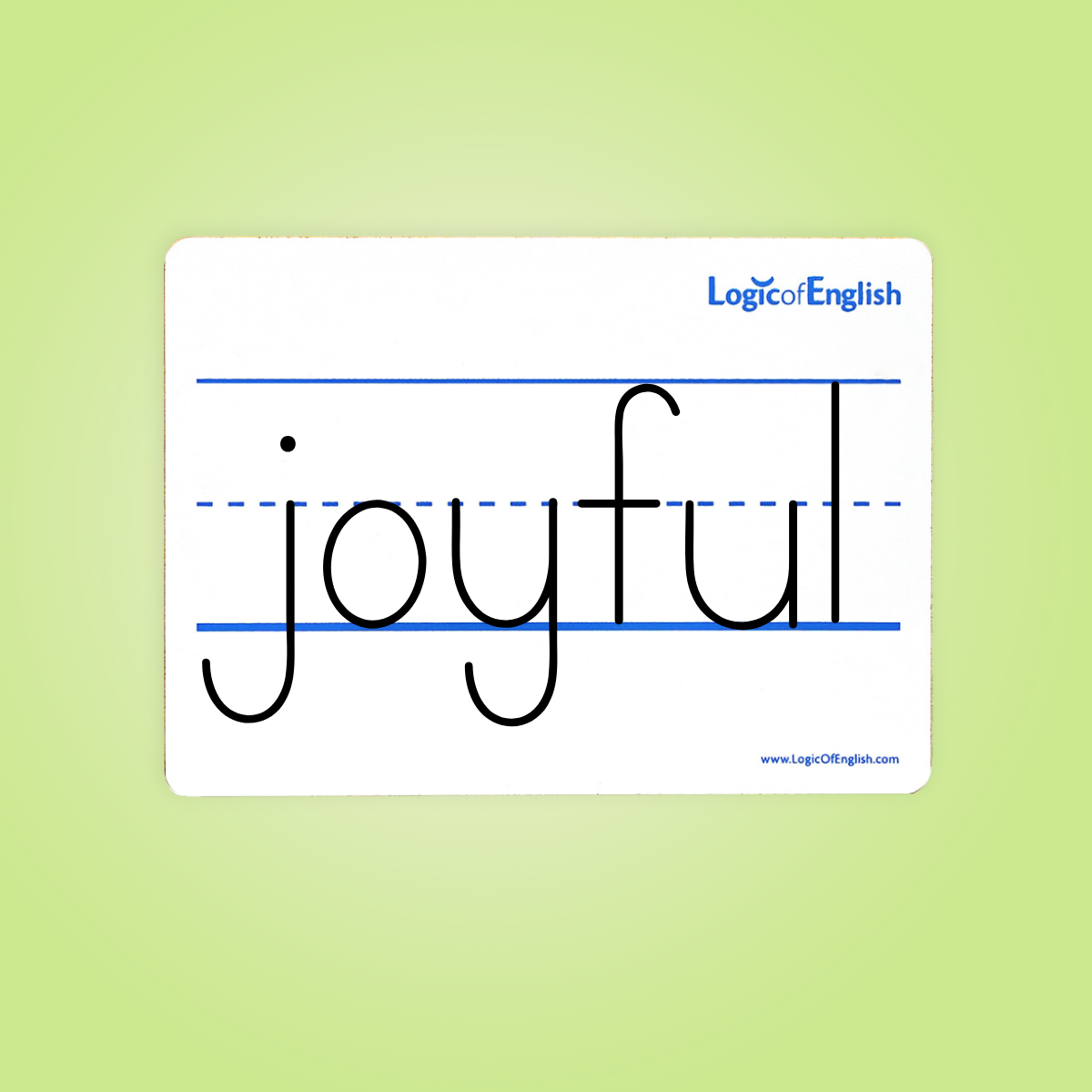Teach spelling rules with related phonograms.
Introduce a spelling rule that explains the sound(s) of a phonogram in the same lesson. Practice reading and spelling words that use the phonogram and rule.

Some spelling rules explain where a particular phonogram is used or which sound a phonogram makes.

Some spelling rules support grammar instruction. These rules explain concepts such as how to make a noun plural or a verb past tense.

Though prefixes are just added to the beginning of the word, adding a suffix is guided by three spelling rules.

There are nine reasons for a silent E in English! Knowing them all eliminates exceptions.
Rule 1: C always softens to /s/ when followed by E, I, or Y. Otherwise, C says /k/.
Rule 2: G may soften to /j/ only when followed by E, I, or Y. Otherwise, G says /g/.
Rule 3: English words do not end in I, U, V, or J.
Rule 4: A E O U usually say their long sounds at the end of the syllable.
Rule 5: I and Y may say /ĭ/ or /ī/ at the end of a syllable.
Rule 6: When a one-syllable word ends in a single-vowel Y, it always says /ī/.
Rule 7: Where I and Y may say long /ē/:
Rule 8: I and O may say /ī/ and /ō/ when followed by two consonants.
Rule 9: AY usually spells the sound /ā/ at the end of a base word.
Rule 10: When a word ends with the phonogram A, it says /ä/. A may also say /ä/ after a W or before an L.
Rule 11: Q always needs a U; therefore, U is not a vowel here.
Rule 12: Silent Final E Rules:
Rule 13: Drop the silent final E when adding a vowel suffix only if it is allowed by other spelling rules.
Rule 14: Double the last consonant when adding a vowel suffix to words ending in one vowel followed by one consonant only if the syllable before the suffix is stressed.*
*This is always true for one-syllable words.
Rule 15: Single-vowel Y changes to I when adding any ending, unless the ending begins with I.
Rule 16: Two I’s cannot be next to one another in English words.
Rule 17: TI, CI, and SI are used only at the beginning of any syllable after the first one.
Rule 18: SH spells /sh/ at the beginning of a base word and at the end of the syllable. SH never spells /sh/ at the beginning of any syllable after the first one, except for the ending -ship.
Rule 19: To make a verb past tense, add the ending -ED unless it is an irregular verb.
Rule 20: -ED, past tense ending, forms another syllable when the base word ends in /d/ or /t/. Otherwise, -ED says /d/ or /t/.
Rule 21: To make a noun plural, add the ending -S, unless the word hisses or changes; then add -ES. Some nouns have no change or an irregular spelling.
Rule 22: To make a verb 3rd person singular, add the ending -S, unless the word hisses or changes; then add -ES. Only four verbs are irregular. (has, does, goes, is)
Rule 23: AL- is a prefix written with one L when preceding another syllable.
Rule 24: -FUL is a suffix written with one L when added to another syllable.
Rule 25: DGE is used only after a single vowel which says its short (first) sound.
Rule 26: CK is used only after a single vowel which says its short (first) sound.
Rule 27: TCH is used only after a single vowel which says its short or broad sound.
Rule 28: AUGH, EIGH, IGH, OUGH. Phonograms ending in GH are used only at the end of a base word or before the letter T. The GH is either silent or pronounced /f/.
Rule 29: Z, never S, spells /z/ at the beginning of a base word.
Rule 30: We often double F, L, and S after a single, short or broad vowel at the end of a base word. Occasionally other letters also are doubled.
Rule 31: Schwa Rules